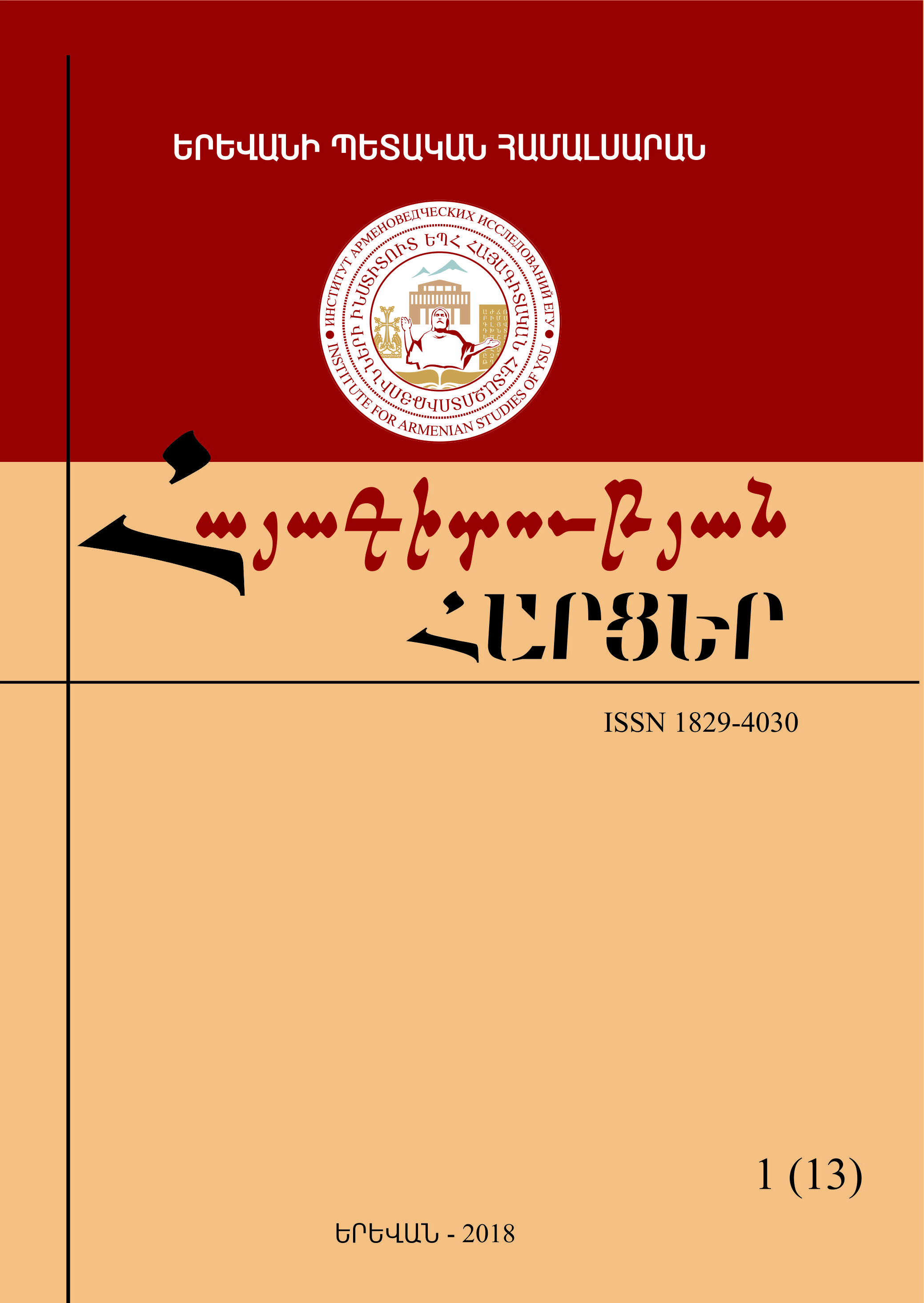Նոր և նորագույն պատմության պարբերացումը ժամանակակից պատմագրությունում
Abstract
There is no single approach to the new and the newest period or the new time and periodization of modern history according to the Western Historical Science. In the XV-XVI centuries Italian humanists were the first to divide the World History into three main periods – Ancient, Middle and Modern. In the XVII century the fall of Constantinople in 1453 was considered to be the new beginning of the New Time. According to G. Hegel, the New Time in Europe started with the Reformation. The Pre Revolutionary Russian Liberation Historiography considered Humanism and Reformation as the start of the New Time and the First World War outbreak as the end of it. In the XIX century the greatest geographic discoveries were considered to be the start of the New Time. In the XX century the representatives of French historical school “Annals” approved that approach. Since the XIX century this position has been held especially in the United States, as well as in the countries of Latin America. Nowadays, in German Historiography the concept “historical time” is used for the new history. In British Historiography the concepts of New History, Modern History and Recent history are being used. In Modern Historical Science there exist four main theories on New and Modern History – Marxist, Civilizational, Technogenic and World political. According to the Marxist Theory the beginning of New History is considered to be the XVII Century English Bourgeois Revolution. The other theories observe the XV-XVII centuries as the start of New History, especially the greatest geographic discoveries, Humanism and Reformation, which radically changed the world-political, economic, cultural and spiritual image of Europe. This very approach was approved by Modern Russian Historiography. The XV-XVI centuries should also be observed as the start of the new period of Armenian History, when lots of significant events took place in the life of the Armenian people, such as the attempt to re-establish the Armenian Kingdom in 1465, the start of the Armenian Printing in 1512, as well as the Echmiatsin Secret Summit in 1547, which initiated the idea of liberation of Armenia.

